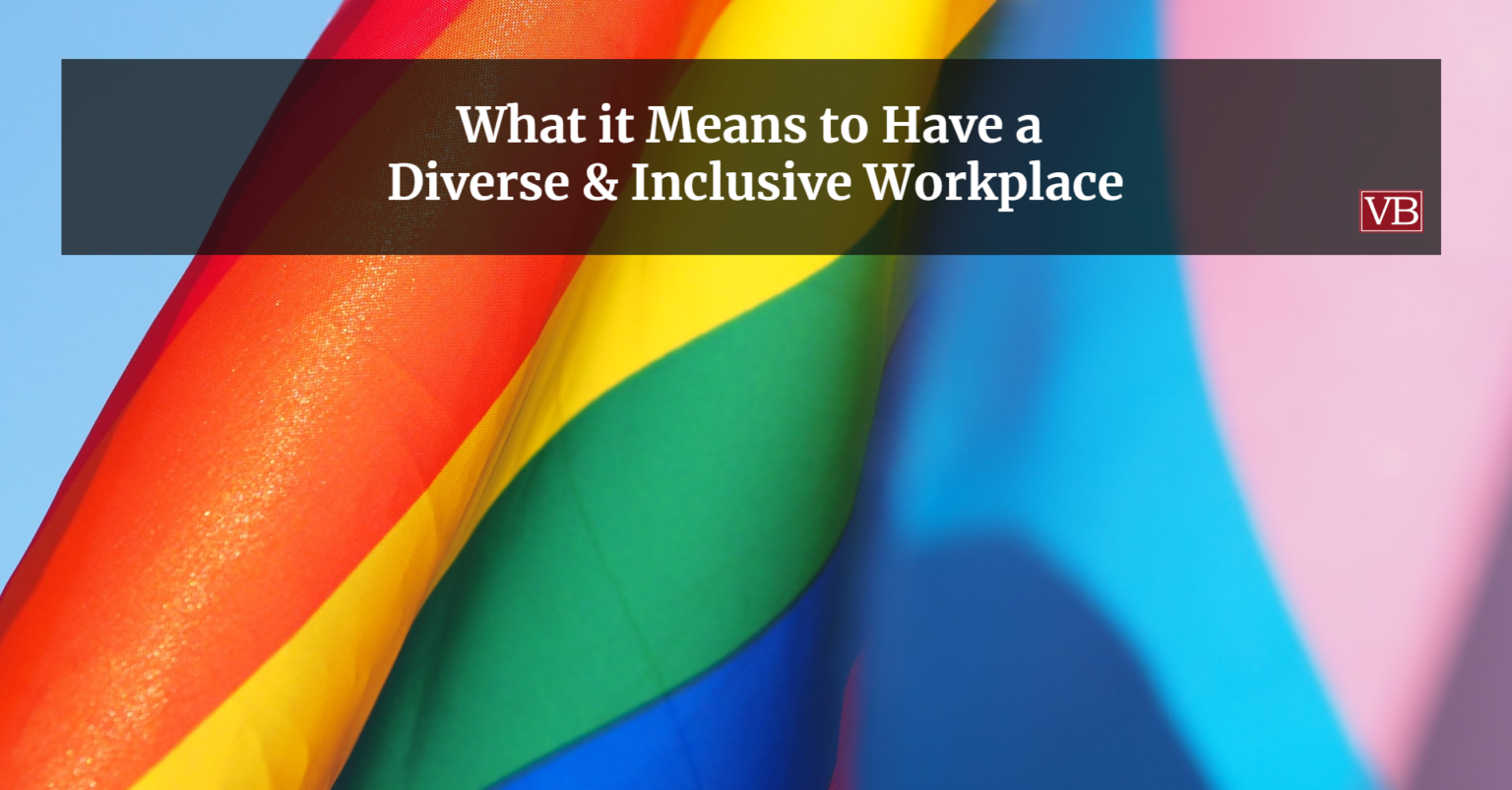
June is Pride Month, making it a perfect time to talk about diversity and inclusion in the workplace. Many companies understand the benefits of diversity, leading them to launch initiatives to create a diverse workforce. However, they don’t always take the next step, ensuring everyone feels welcome and valued.
If you want to make sure your workplace is both diverse and inclusive, here’s what you need to know.
The Difference Between Diversity and Inclusion
First and foremost, it’s crucial to understand the difference between having a diverse workplace and an inclusive one. Diversity means that your employees represent a wide array of backgrounds and perspectives, coming from various walks of life. Inclusion is more about feeling accepted for who a person is and free to largely be themselves while in the workplace.
Without inclusivity, a diverse workforce may struggle. Some employees may feel they need to disguise who they are to fit in, believing that they wouldn’t otherwise be welcome. This can harm morale and your company’s culture and may also accelerate turnover.
With inclusivity, all employees feel welcome and appreciated for who they are, removing the idea that they may need to hide part of themselves to fit in with their colleagues. When your workplace is inclusive, morale typically rises, causing productivity and retention rates to improve. Innovation also flourishes in inclusive workplaces, which may help your company stay ahead of the competition.
Creating a Diverse and Inclusive Workplace
If you want to improve diversity and inclusivity in your workplace, it’s wise to start at the top. Look at your leadership team to see if they represent a range of backgrounds and demographics. If not, you may struggle to attract diverse candidates.
You also want to create an environment where everyone feels seen, heard, and valued. This usually requires a multifaceted approach. For example, you can give employees floating holidays to ensure they can take paid time off to celebrate days that are an important part of their culture. Giving employees platforms for self-expression is similarly a smart move.
Transparency is another critical part of the equation. By having honest conversations with your workforce on issues like pay inequality, conscious and unconscious bias, and other concerns, you show that your company is open to having tough discussions that can lead to improvement. This can go a long way when it comes to cultivating an inclusive environment, as no pain point is ignored.
Finally, when it comes time for company celebrations and gatherings, consider the needs and preferences of those you employ. For example, having a range of meals available that ensure those with dietary restrictions can enjoy the food is a wise step. Additionally, not requiring award recipients to get on stage and speak to a crowd is a great idea, as not all employees are comfortable taking center stage or giving speeches.
Ultimately, by considering everyone’s needs, you can make better choices. In time, this leads to a diverse and inclusive workplace, which your employees are happy to say is theirs.
We Can Help With Diversity and Inclusion
If you’d like to learn more, the team at VB can help. Contact us today.

